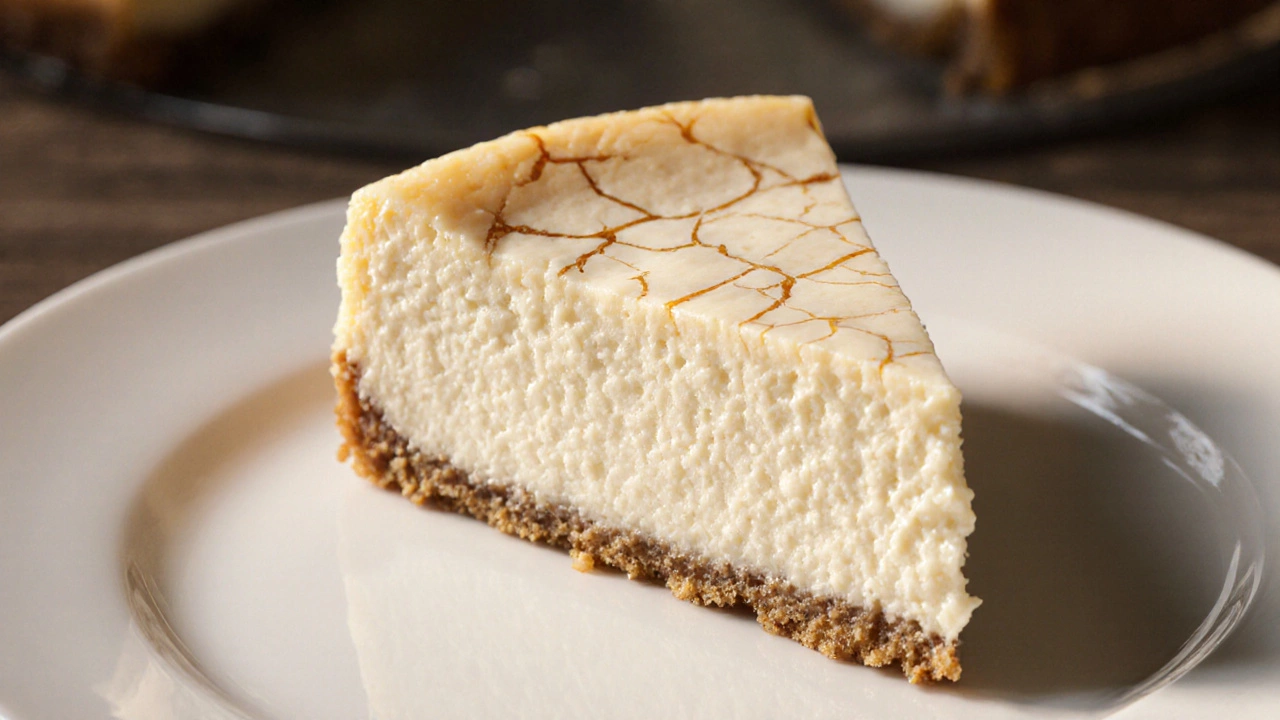
The Iconic New York Cheesecake: History, Recipes, and Where to Find It
Discover the history, key ingredients, a classic home recipe, and the top NYC spots for the iconic New York cheesecake.
When you hear Classic Cheesecake Recipe, a rich, creamy dessert built on cream cheese, eggs, and a buttery crust that has been a party staple for generations. Also known as traditional cheesecake, it balances smooth filling with a crisp base, making it a flexible canvas for both simple and gourmet creations.
That balance opens up two main sub‑styles: Baked Cheesecake, which uses the oven to set a dense, velvety texture and No‑Bake Cheesecake, which relies on chilling and often a gelatin stabilizer to achieve a lighter, mousse‑like feel. Classic Cheesecake Recipe encompasses both baked and no‑bake styles, while each style requires its own set of tools and techniques. For baked versions you’ll need a water‑bath or springform pan to avoid cracks, whereas no‑bake versions demand a sturdy fridge space and sometimes a set of silicone molds.
The foundation starts with a cheesecake crust, usually a blend of crushed graham crackers, butter, and a pinch of sugar pressed into the pan’s bottom. Whether you press it cold or bake it briefly, the crust creates a textural contrast that keeps the dessert from feeling too soft. Next comes the filling, anchored by cream cheese, the main dairy element that provides the tang and body of the cake. Adding sour cream, ricotta, or mascarpone can tweak the flavor profile, but cream cheese stays the star.
Eggs act as a binder; they coagulate during baking, giving the filling structure without turning it rubbery. Sugar not only sweetens but also helps with browning on the surface of baked cheesecakes. For no‑bake versions, a spoonful of gelatin or a mix of whipped cream replaces the egg’s setting power, creating a silky mouthfeel that holds up when sliced.
Toppings turn a plain slice into a show‑stopper. Fresh berries, caramel drizzle, chocolate curls, or a dusting of cocoa powder each add a flavor layer that complements the tangy base. Seasonal fruit compotes are especially popular because the acidity balances the richness. Remember, the topping should be added after the cake has fully cooled (or set) to keep the crust from getting soggy.
Putting it all together, the classic cheesecake recipe follows a clear sequence: crust → filling → bake or chill → top. Baked Cheesecake requires an oven, a water‑bath, and a cool‑down period to prevent cracks, while No‑Bake Cheesecake leans on refrigeration time and a stable gelatin network. Both paths share the same core ingredients, so you can swap styles without buying a new pantry list.
Whether you’re a first‑time baker or a seasoned decorator, the collection below offers a mix of deep‑dive guides, quick fixes, and creative twists that fit right into this framework. You’ll find articles that break down crust shortcuts, explain how to avoid common cracks, compare baked vs. no‑bake textures, and suggest topping combos that match any occasion. Dive in and discover which version of the classic cheesecake recipe works best for your next celebration.

Discover the history, key ingredients, a classic home recipe, and the top NYC spots for the iconic New York cheesecake.